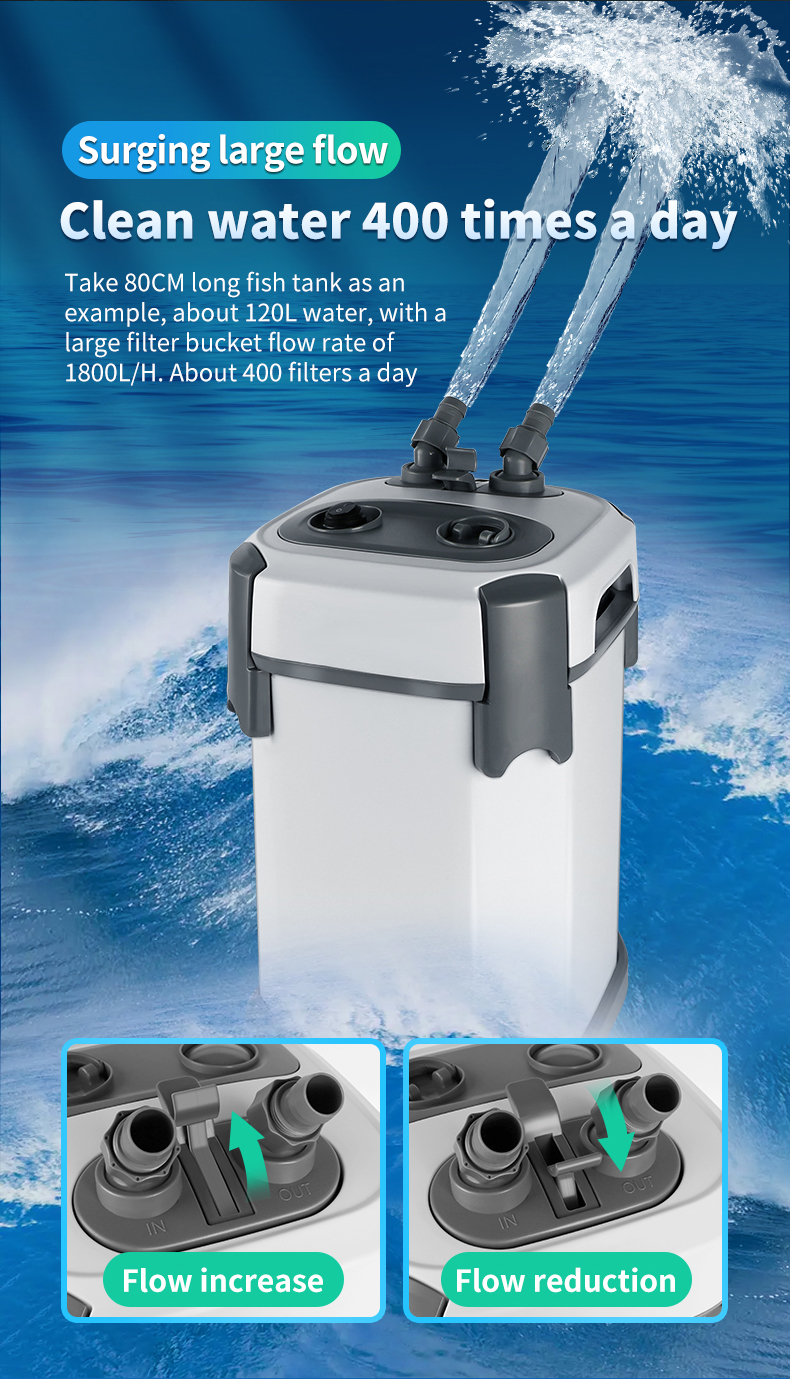Setting up an aquarium can be an exciting and rewarding experience, but it also comes with its fair share of questions. One of the most common concerns for aquarium owners is where to place the filter. The filter is a crucial component of your aquarium setup, as it helps maintain water quality by removing debris, neutralizing harmful chemicals, and promoting beneficial bacteria growth. Choosing the right location for your filter can significantly impact its efficiency and the overall health of your aquatic pets.
Firstly, it’s essential to understand the different types of filters available. There are hang-on-back (HOB) filters, canister filters, and sponge filters, each with its own ideal placement. For HOB filters, the name gives away their typical location—they hang on the back of the aquarium. These filters work by drawing water through a series of compartments that contain filter media. The water is then returned to the tank via a waterfall effect. Placing a HOB filter on the back of the tank is not only practical but also aesthetically pleasing, as it keeps the filter out of sight while still allowing you to enjoy the view of your fish.
Canister filters, on the other hand, are more versatile in terms of placement. These filters are usually placed outside the aquarium, either under the tank stand or hidden behind decorations. They are connected to the tank via hoses that draw water out and return it after it has been filtered. The advantage of placing a canister filter outside the tank is that it keeps the aquarium interior uncluttered and provides ample space for the filter to operate efficiently. Additionally, canister filters are powerful and can handle larger volumes of water, making them suitable for bigger aquariums.
For sponge filters, the placement is a bit different. These filters are typically placed inside the aquarium, either on the bottom or attached to the side. Sponge filters work by drawing water through a sponge material, which traps particles and provides a surface for beneficial bacteria to grow. They are particularly useful for breeding tanks or tanks with small, delicate fish, as they create gentle water movement and are less likely to suck up fry. Placing a sponge filter inside the tank allows it to be in direct contact with the water, ensuring effective filtration.
When deciding on the placement of your filter, it’s also important to consider the water flow and circulation in your aquarium. Proper water circulation helps distribute heat evenly, prevents dead spots where water stagnates, and ensures that all areas of the tank receive adequate filtration. For HOB filters, the waterfall effect created when water is returned to the tank helps with surface agitation, which is beneficial for gas exchange. Canister filters can be positioned to create a circular water flow pattern, promoting better circulation throughout the tank. Sponge filters, with their gentle filtration, are ideal for tanks where a calm environment is needed.
Another factor to consider is the ease of maintenance. Filters need regular cleaning and media replacement to function effectively. Placing your filter in a location that is easily accessible will make maintenance tasks less cumbersome. For example, if you have a HOB filter, ensure that you can easily reach it from the back of the tank. Canister filters should be placed in a spot where you can access the hoses and filter body without too much hassle. Sponge filters, being inside the tank, should be positioned in a way that allows for convenient cleaning without disturbing the rest of the tank setup.
In conclusion, the placement of your aquarium filter depends on the type of filter you have and the specific needs of your tank. Whether you choose a HOB filter, a canister filter, or a sponge filter, the key is to ensure that it is placed in a way that maximizes its efficiency, promotes good water circulation, and is convenient for maintenance. By carefully considering these factors, you can create a healthy and thriving environment for your aquatic pets.
Post time: Jun-19-2025

